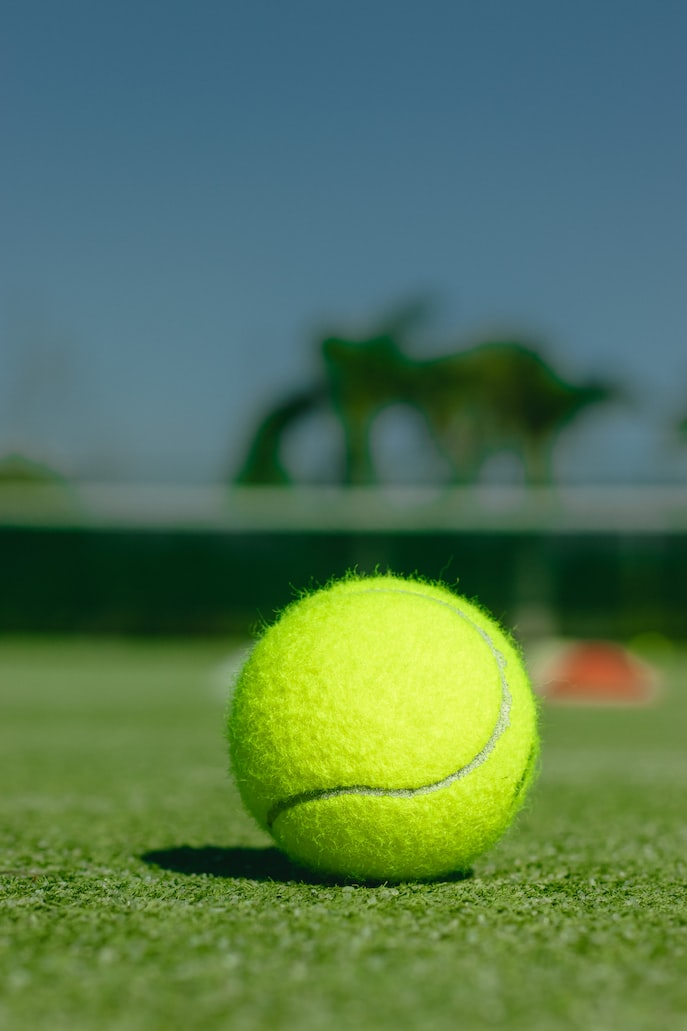The Pros and Cons of Different Padel Ball Types: A Comparison
3 min read
Comparing Padel Balls: The Pros and Cons of Different Types
Greetings, fellow padel enthusiasts! Today, we are going to dive into the world of padel balls and explore the different types available. Padel, a sport known for its exhilarating pace and strategic gameplay, requires a ball that can withstand the intense rallies and offer optimal performance. So, let’s compare various padel ball types and discover their pros and cons!
The Classic Felt Ball: Nostalgia with a Touch
Ah, the classic felt ball. This type is a timeless favorite among padel players. Its felt cover provides a good grip on the court surface, allowing for precise control and spin. One of the biggest advantages of the felt ball is its ability to slow down on impact, making it easier to control shots with finesse.
However, the felt ball does have its downsides. Its slow speed can hinder the pace of the game, leading to longer rallies that may not suit players seeking a quick and intense experience. Additionally, the felt cover tends to wear out relatively quickly, diminishing the ball’s performance over time.
The Pressurized Ball: The Speed Demon
For those who crave fast-paced action and explosive shots, the pressurized ball is the way to go. The pressurized ball offers a livelier bounce and increased speed, making it perfect for players with a strong and aggressive playstyle. Its durability also allows for longer-lasting performance.
However, the high speed of the pressurized ball can pose challenges for players still mastering control and accuracy. The increased bounce can be unpredictable, requiring quick reflexes and adaptability. To maximize the advantages of the pressurized ball, players need to have a solid foundation of skill and technique.
The Transition Ball: The Best of Both Worlds
Imagine having the best qualities of both the felt ball and the pressurized ball. Enter the transition ball, the ultimate hybrid. This type combines a felt cover with a pressurized core, offering a balance between control and speed. The transition ball allows for an exciting game while maintaining enough predictability for precise shots.
Nevertheless, the transition ball does come with a caveat. Some players might find it to be a compromise that doesn’t fully embody the characteristics they desire. It’s important to try it out and see if it matches your playing style and preferences.
Choosing the Right Ball for You
Now that we’ve explored the pros and cons of different padel ball types, it’s time to decide which one is best suited for you. Consider your playing style, skill level, and personal preferences. Are you an aggressive player seeking speed and power, or do you prioritize finesse and control?
Ultimately, each type of padel ball has its unique advantages and limitations. It’s always a good idea to experiment with different balls and see which one enhances your gameplay the most. Remember, the key is to have fun and enjoy the wonderful world of padel!
So, dear padel aficionados, go out there and start comparing padel balls! May your chosen ball elevate your performance, and may your matches be filled with excitement and joy!






